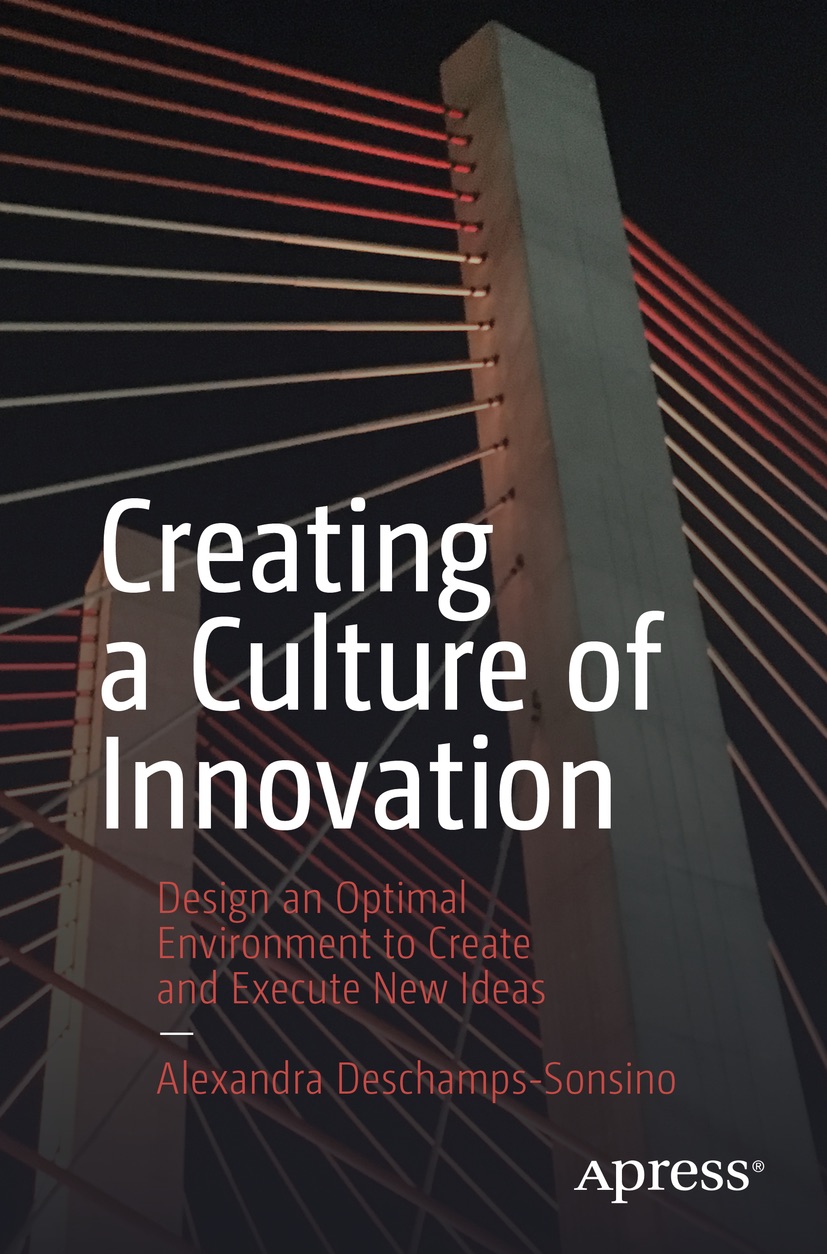Just like I did with my first book here’s an intro to my new book which is out now! The initial premise of the book was to highlight the various ways in which organisations sabotage their own research & innovation efforts. With time (I submitted my table of contents to Apress in July 2019), it turned into a broader analysis of the motivations and shape of dedicated research and innovation efforts since the 2000s compared to the post-WWII era. It turned to the hype of innovation/research work and how companies create that hype with space, people and outputs.
Chapter 1 is a historic deep dive in office spaces and how innovation work differs from a regular office environment. How are the mystical cross-disciplinary and serendipitous conversations designed to happen? And where is their potential squandered? Is in in corridors, at desks, at the cafeteria? I had the pleasure of finding out more than I could imagine about the founding principles for open plan, bull pens and city rooms as well as ‘office landscaping’, co-working and hot-desking. This chapter also deals with the tools that are imposed to demarcate innovation work. I look at simple things like stationery & post-it notes and their role in shaping conversations, cementing power structures and determining value. I was lucky enough to interview Chris Downs about his no post-it policy for this too.
Across the book, I come back to many of the issues people have in designing spaces that don’t automatically lead to discomfort, distraction and ‘traffic management’ tactics. I often have in my mind time spent in a variety of client offices and co-working spaces both more formal and very highly managed.
Chapter 2 is a deep dive into the people who inhabit those spaces. How are they chosen and who chooses them? I wanted to capture some of the biases that occur when thinking of innovation work and some of the cult-like practices corporations will be told to adopt. The relationship between the outside world and an innovation team also features here. This is often the job of the evangelist or the futurist to come in and translate the world for a team. They take on what Thomas Allen describes as ‘technological gatekeepers’ in his seminal book. Here Scott Smith & Susan Cox-Smith were kind enough to share some of their experiences.
Chapter 3 focuses on how innovation work flows and makes its way across a business, or more often doesn’t. The changes in office work over the past twenty years have pushed people to develop mitigation strategies against distraction and innovation work often counts as distraction. How we use email, Slack, newsletters or even Powerpoint to involve others outside of our team is important. It’s no longer a question of sending an everyone@ email. It’s about how to ask for feedback on new ideas and increase the chances of getting an answer. Everything from the format of a meeting to its location can hinder feedback. Here I was so pleased to get Russell Davies‘s perspective on the matter.
Chapter 4 ends the book with an analysis of the concepts of ‘open innovation’ and its effect on how innovation work is financed, perceived and takes shape as dedicated showcase spaces of the last 20 years. They’ve become talismanic in nature, borrowing from the worlds of flagship stores, maker spaces, science museums and demo spaces. They’re something of a rare breed and I suspect we won’t see much of them in a post-COVID world. I’m glad I was able to capture this typology because I couldn’t really find any book that had look at this critically.
If anything this book poses questions about what it means to gather, together to do important and potentially disruptive work. It offers readers opportunities to reflect on their own working practices, habits and environment and make a change in the future. I really hope you enjoy it and if you do, please consider leaving a rating on Amazon, it does help authors a lot!

